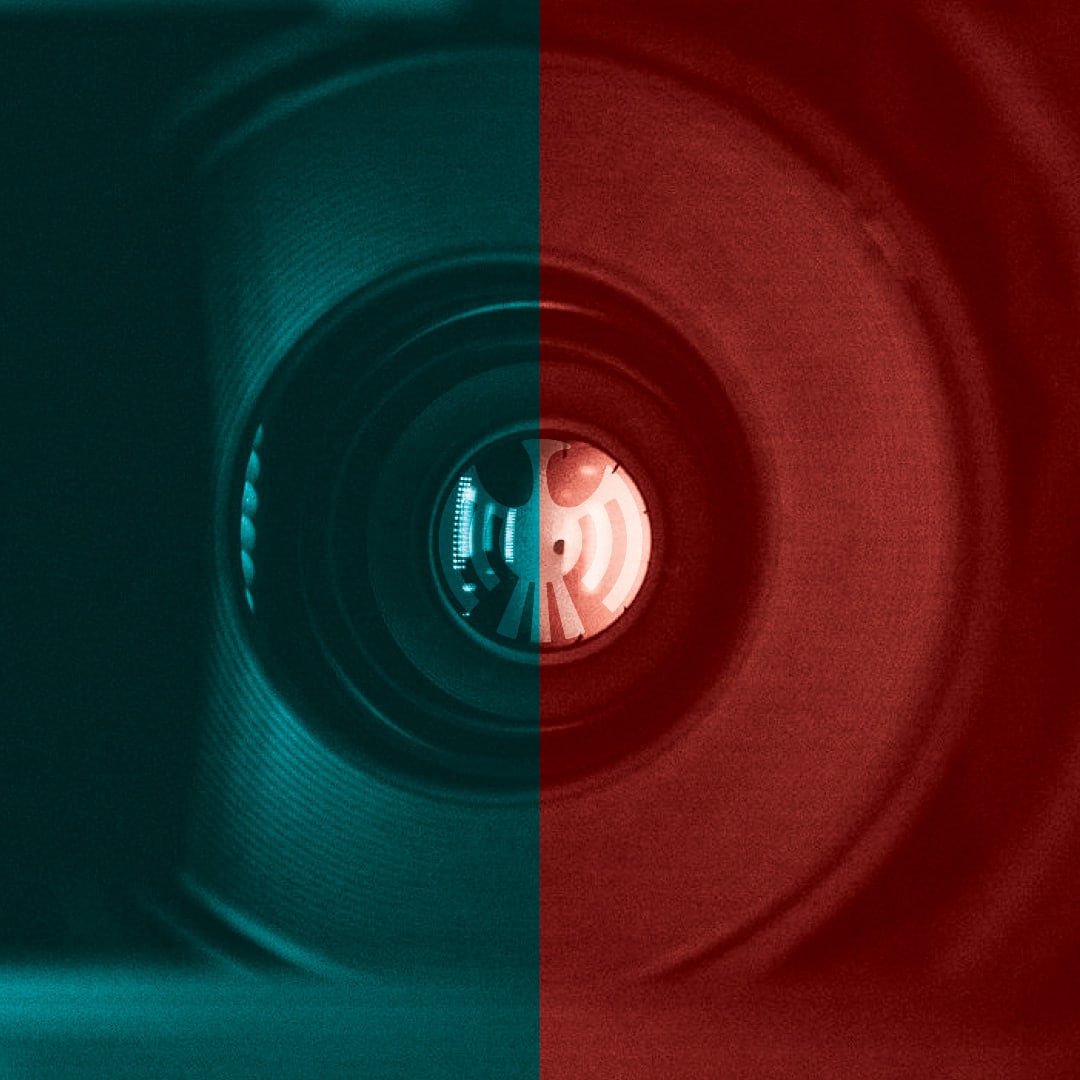
- This event has passed.
2025 Spring Exhibitions “Kite and Wíhaŋble S’a Center” and “Jordan Ann Craig”—Opening Reception
Fri, March 21, 5:00 pm–7:00 pm
Event Navigation
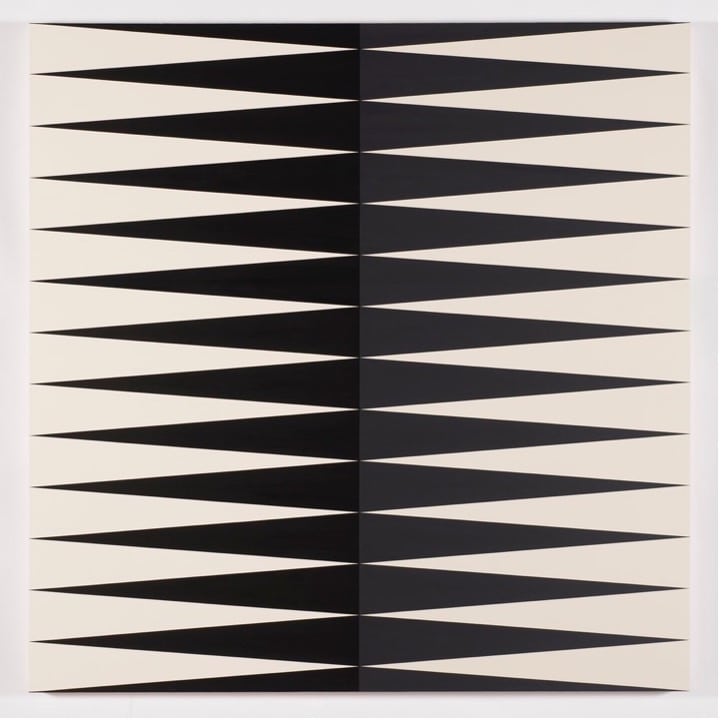
Join us for a reception celebrating IAIA Museum of Contemporary Native Arts’ (MoCNA) latest exhibitions, Kite and Wíhaŋble S’a Center: Dreaming with AI and Jordan Ann Craig: My Way Home, on Friday March 21, 2025. The public opening will take place from 5–7 pm, with a special member-only preview from 4–5 pm. To become a member and attend the member-only preview, join online or by phone at (505) 428-5925.
Listen to IAIA Museum of Contemporary Native Arts’ (MoCNA) Director Patsy Phillips and Chief Curator Manuela Well-Off-Man in “Conversations Different” as they discuss contemporary Native art and what goes into putting the museum’s award-winning exhibits together. The pair talk about current exhibits including The Stories We Carry, which features contemporary jewelry made by more than 100 Indigenous artists. They also discuss the upcoming exhibit Dreaming with AI from Dr. Suzanne Kite (Oglala Lakota) which features installation, performance, and video works that combine machine learning, artificial intelligence, and Indigenous knowledge.
Kite and Wíhaŋble S’a Center: Dreaming with AI
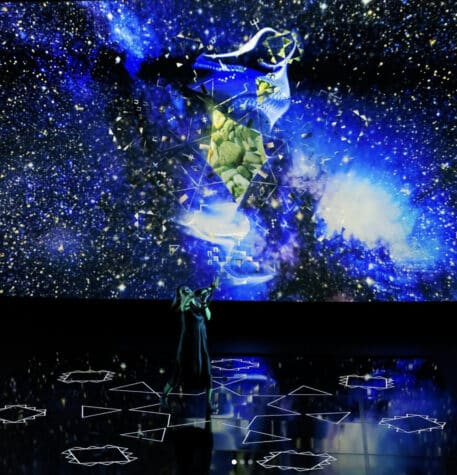
Suzanne Kite (Oglála Lakȟóta), performance at the Roy and Edna Disney CalArts Theatre, (RedCat), 2024, photograph by Angelo Origgi
Dreaming with AI features Dr. Suzanne Kite’s (aka “Kite”) (Oglála Lakȟóta) recent installation, performance, and video works, combining machine learning, artificial intelligence (AI), and Indigenous knowledge. Kite’s projects push boundaries formally and thematically and involve concepts that shape the future of contemporary Indigenous art. Her large installations Wičháȟpi Wóihaŋbleya (Dreamlike Star) and Wičhíŋčala Šakówiŋ (Seven Little Sisters), 2023, blend light, experimental sound, minerals, hide, and motion to explore Lakȟóta knowledge systems, cosmology, and their connection to contemporary technologies.
As a Lakȟóta artist and researcher, Kite’s work is deeply embedded in Indigenous philosophies, using art to bridge cultural traditions and ancestral knowledge with contemporary forms of expression, often working in collaboration with family and community members. The title, Wičháȟpi Wóihaŋbleya, refers to a “dreamlike star” and speaks to Lakȟóta cosmology, where stars are not just celestial objects; they represent ancestors, guardians, and guiding forces. The dream-based aspects of many of her works suggest the connection between earthly existence and metaphysical realms, emphasizing the significance of dreams in Lakȟóta culture.
Wičháȟpi Wóihaŋbleya and other works include stones, minerals, and rare earth materials (often used in computers), illustrating that in Oglála Lakȟóta culture, these materials are not inanimate objects. Instead, they are living beings imbued with spirit and volition. Through her works, Kite also investigates how we can approach our relationships with AI and computer technologies more ethically.
Accompanying the exhibition are hands-on AI stations, developed in collaboration with Bard College post-graduates, where visitors can learn about artificial intelligence and how Kite uses this technology to share Oglála Lakȟóta cultural knowledge and philosophy of life.
Dr. Suzanne Kite’s (aka “Kite”) (Oglála Lakȟóta) is a performance artist, visual artist, and composer raised in Southern California, with a BFA from CalArts in music composition, an MFA from Bard College’s Milton Avery Graduate School, and a PhD in Fine Arts from Concordia University, Montreal. Kite’s scholarship and practice investigate contemporary Lakȟóta ontologies through research-creation, computational media, and performance. She has published the award-winning article “Making Kin with Machines in The Journal of Design and Science” (MIT Press). Kite is a 2023 Creative Capital Award Winner, 2023 USA Fellow, and a 2022–2023 Creative Time Open Call artist with Alisha B. Wormsley. She is Director of Wihanble S’a Center for Indigenous Studies at Bard College and an enrolled member of the Oglala Sioux tribe.
Jordan Ann Craig: My Way Home
Best known for her research-based, large-scale paintings, Jordan Ann Craig’s (Northern Cheyenne) A-i-R ’19 striking geometric abstractions and delicate dot drawings in My Way Home blend traditional influences with modern forms and dynamic explorations of color. Craig’s Hard–edge paintings draw inspiration from the designs of Northern Cheyenne and other Plains Indian art practices, including beadwork, hide painting (parfleche), weaving, and basketry patterns. Complementing these are her meditative dot drawings, which incorporate repetition and abstraction to evoke the landscapes of New Mexico, captured from memory. Her use of repetition and meticulously painted patterns also connect to deeper, contemplative art practices such as beading, stitching, and weaving.
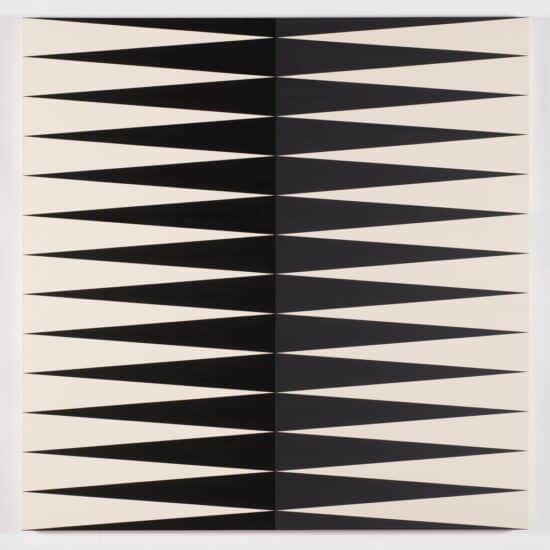
Jordan Ann Craig (Northern Cheyenne), Sharp Tongue II, 2022, acrylic on canvas, 70 x 70 in., Tia Collection, photograph courtesy of the artist
While Craig’s work develops out of an investigation of abstraction, it also analyzes themes of identity and memory and reflects on the relationship between tradition and modernity, blending cultural motifs with contemporary techniques. Craig’s art creates a visual language that bridges past and present, offering a reimagining of Indigenous aesthetics within the context of modern abstraction.
Jordan Ann Craig was born in San Jose, CA, and received her BA in Studio Art and Psychology from Dartmouth College in 2015. She lives and works in Pojoaque Valley, New Mexico. Her art is included in the collections of the Solomon R. Guggenheim Museum, New York, NY; Crystal Bridges Museum of American Art, Bentonville, AR; Speed Art Museum, Louisville, KY; Hood Museum of Art, Hanover, NH; Wichita Art Museum, KS; Block Museum of Art, Evanston, IL; IAIA Museum of Contemporary Native Arts, Santa Fe, NM; School for Advanced Research, Santa Fe, NM; Anderson Museum of Contemporary Art, Roswell, NM; Nerman Museum of Contemporary Art, Overland Park, KS; Everson Museum of Art, Syracuse, NY; Kala Art Institute, Berkeley, CA; and A LAB, Amsterdam, Netherlands; Cork Printmakers, Ireland, among others.
For more information, please contact IAIA Museum of Contemporary Native Arts (MoCNA) Chief Curator Manuela Well-Off-Man at manuela.well-off-man@iaia.edu.
